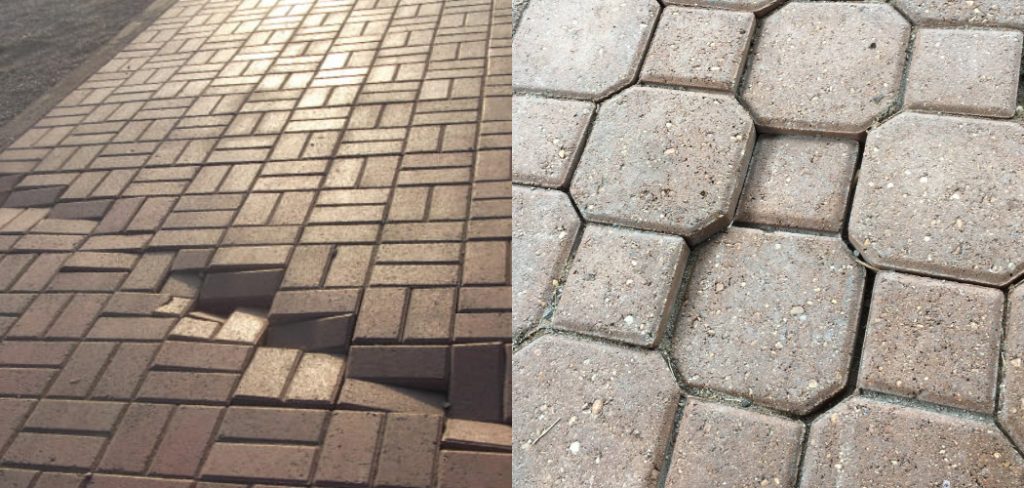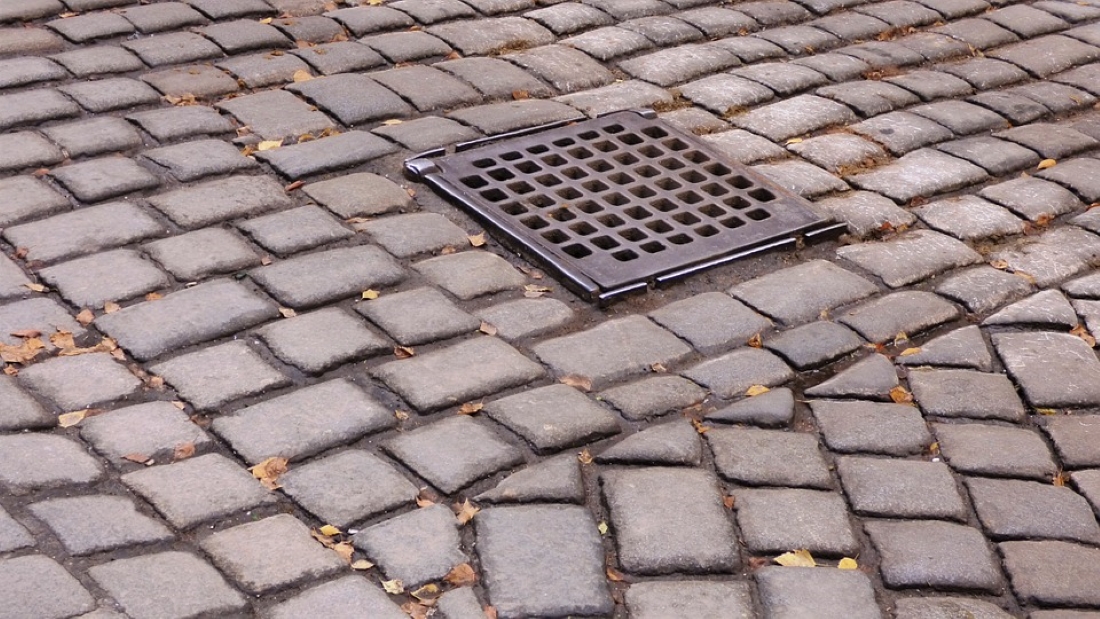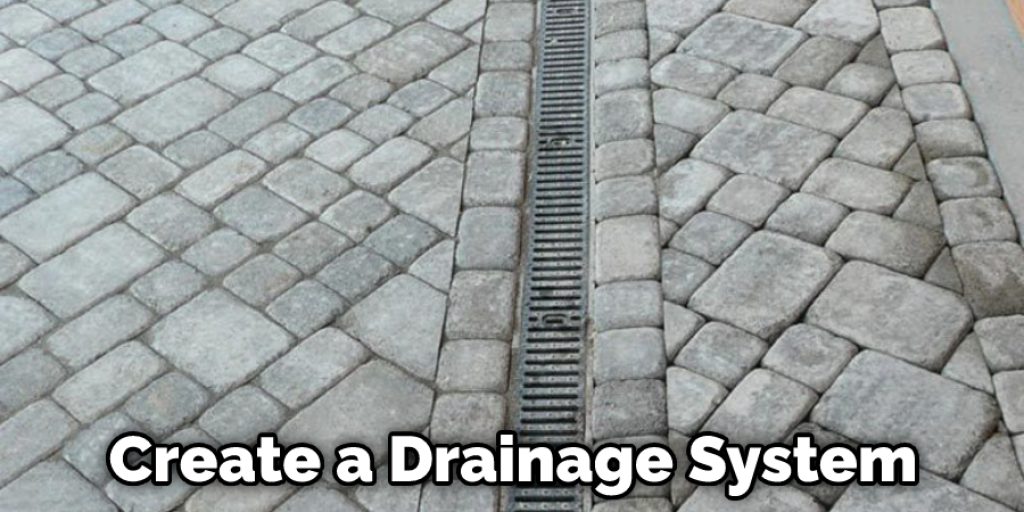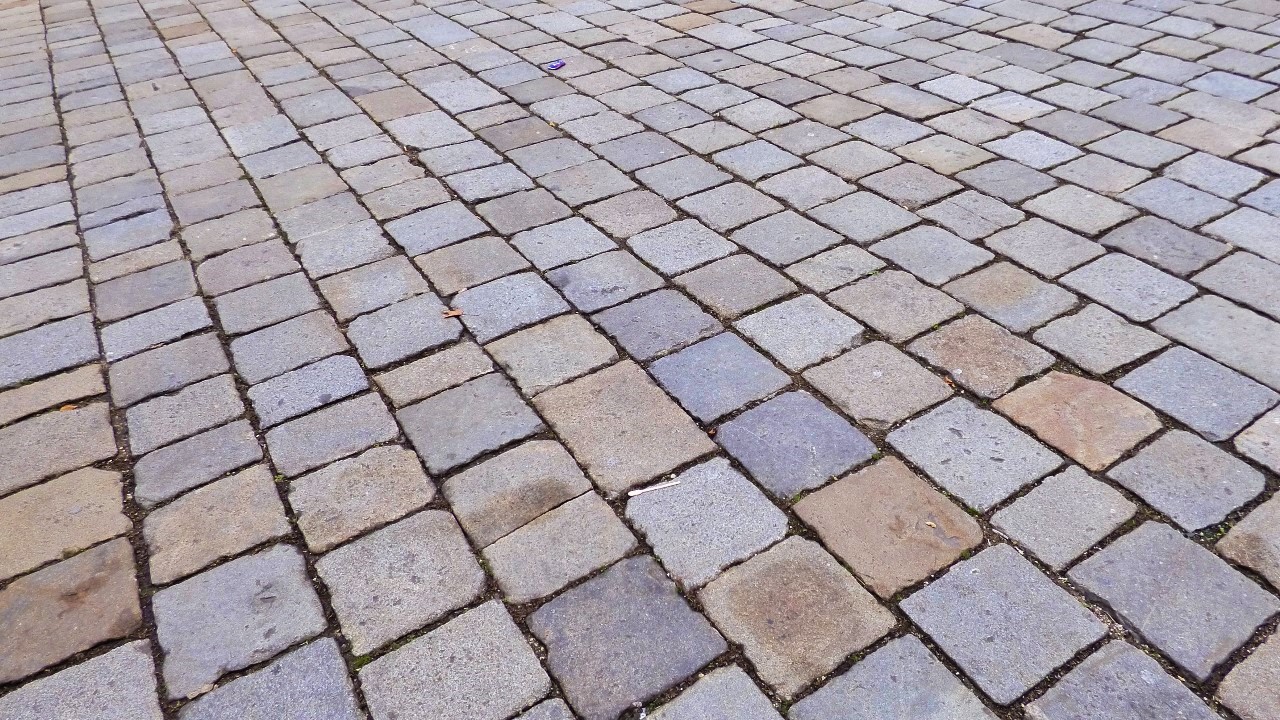How to Keep Pavers From Sinking
Approximately one of our four friends has built a beautiful paver patio for their house. Honestly, it offers an aesthetic look in the backyard and extends the overall design of your living space. But there is an annoying problem with these patios. As most of them are built and repaired by common contractors, the premature sinking of its surface can take place. The beautiful patio may start losing its youth within a week due to some hard rain on it. Maybe you have also encountered this annoying problem now worried about the entire surface. You should be, but as now you are here, you can consider half of your work is done. We are going to show how to keep pavers from sinking with some simple tactics in this article.

Most of the patios are made from brick pavers. These pavers are set in a basket weave pattern so that each and every brick fits perfectly with the ground. Once the sand is leveled perfectly, the workers start to lay them following the pattern. Then fill the gaps with additional sand around them. Although this is an ordinary process of establishing pavers and every contactor will follow these processes, the sands can wash away with a small or heavy amount of rain. Heavy rain also develops low spots, and due to all these situations, pavers usually sinks down. No matter what the reason is, the problem is yours, and it is hampering the overall look of your backyard. So, it is up to you to solve this problem. Let’s how you can do that.
How to Keep Pavers From Sinking

Below, you will get some simple tactics that can prevent your pavers from sinking. By following them, you will be able to maintain an elegant look for a long time.
Unstable Ground
If you live in a cold climate, you know that the weather can be tough to handle. Unfortunately, this can also cause your pavers to sink. Soil usually freezes during the winter, but when spring begins and the soil thaws, it expands and lowers the surface from the previous level. This can cause your pavers to sink and ruin the entire area. It’s natural, but you can’t prevent it.
If you have a problem with your paver patio, you should mark the shrunken area and lift the bricks from that place. Measure the level and then fill the space with the builder’s sand.
Water Erosion
Water erosion is a great factor that can play a significant role in the shrinking of pavers. If your paver bricks are near to any water sources, the continuous flow of water can cause soil erosion. That’s why your paver patio will be seen shrunken off. Even if there isn’t any water source near the place, heavy rainfall can create a temporary one leading the soil to erode. So, if your paver bricks are near a stream, downspout, or any other water source like this, then try to redirect the water source. If possible, create a drainage system or set a rain barrel to drive the water flow to another place. It will secure the bricks and prevent them from shrinking down. In order to maintain the appearance, you can dig a rain barrel under the ground.

Poor Preparation
There are several reasons why pavers may shrink, as we have mentioned above. One of the most common reasons is that the contractor did not prepare the surface properly, causing the pavers to sink downwards over time. Other causes can include using the wrong type of sand or gravel, or simply not compacting the pavers properly.
If the gaps between the pavers are not filled properly, they may become wobbly over time. In this case, you can use some special items, such as clay or sand, to firmly hold them over the ground. Your contractor should have done this during the installation if you have not completed it yourself.
Weed Growth in the Joints
This is a common complaint among homeowners: Some unwanted plants can cause the pavers to sink into the ground. The roots of these plants will gather the soil under them, making it insufficient for other pavers. However, this largely depends on the type of soil you use.
In this case, if you use polymeric sand with the combination of some additives can help you a lot. When you apply water on this sand, it will work like a binding agent and hold the paver stones firmly. As there won’t be any space between the bricks or stones, weeds won’t be able to grow through this space. Make sure to install the bricks with polymeric sand properly. Otherwise, you won’t be able to get rid of this problem.
Large Problems
If you notice that a large area of your patio pavers is sinking, it may be time to seek professional help. There could be a bigger problem at hand that you won’t be able to solve on your own. Don’t hesitate to ask for help from those who know best.
How to Fix the Shrunken Area?

Step 1
First, identify the area around the sink. You’ll need to excavate around the sagging area to allow for repacking. This is important, so if your area is small, excavate and remove the pavers at least two to three feet around it.
For taking out the pavers, you can use a screwdriver. Push the screwdriver in between the pavers and detach them from one another. Just be very careful whenever you are wedging it to get pavers out because you can damage the face of the pavers. So, take a little bit of caution whenever you are using a screwdriver.
Step 2
Take a leveling tape or any cord to measure the surface. Hold it appropriately with the non-shrinking surface. Then figure out the accurate measurement of the area that you are going to fill to acquire the perfect level. Make sure to add the height of the bricks with that measurement. However, if you have got the measurement, write it down.
Step 3
Now start applying polymeric sand. You can apply it with the combination of some additives like silica. It’s because when you apply water to this combination, it will act as a strong binding. This will hold each and every brick firmly so that none of the natural components can break through and sink the area again. Make sure to maintain the measurement and take the required amount of sand. If you apply more than needed, it can raise the surface, which will look odd.
Step 4
After applying the sand, spread your bricks like before. Fill the gaps with some more sands so that it may not detach in the future. Thus, your paver patio will become as new as before.
Conclusion
Hopefully, you have understood the above factors properly and won’t have to ask anyone how to keep pavers from sinking. If you have got any hesitations, feel free to ask us through the comment section below.




